By Catherine McKinley
Highland Dancing first came about long before recorded history. It is known, though, that this form of dance was started by Scottish Warriors as a way to test men on their agility, strength, stamina and accuracy. It was how they selected which men were fit for battle.
The first documented Highland Dancing to bagpipes was recorded in 1265 at the second marriage of Scottish King Alexander III in Jedburgh.
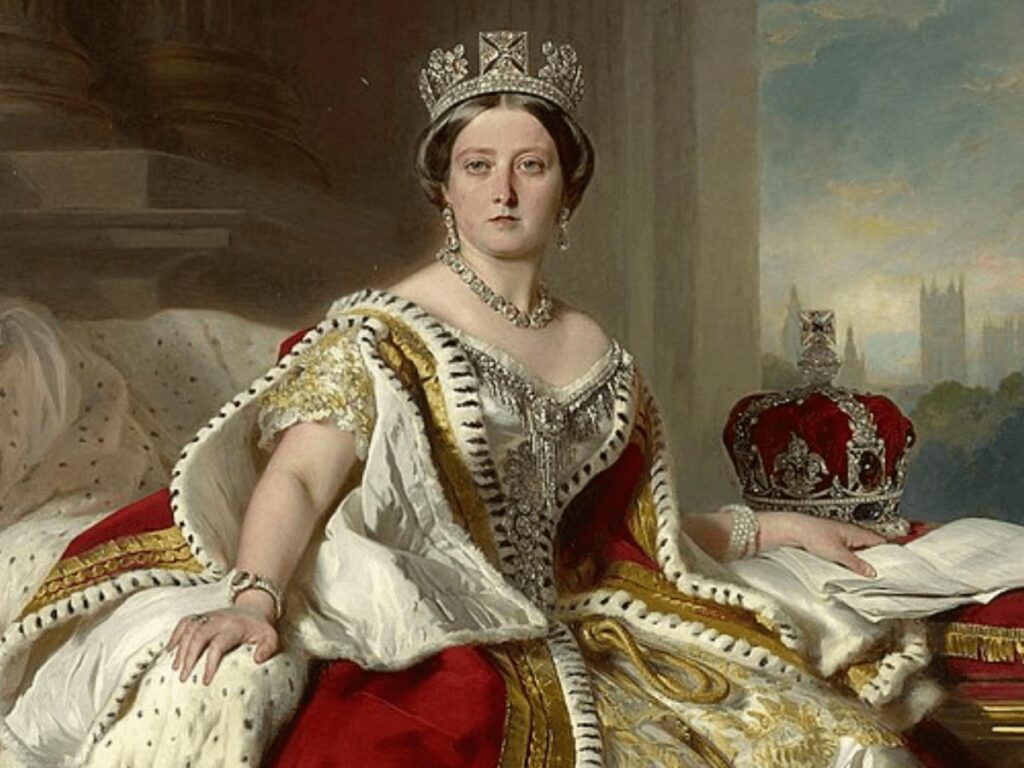
However, in 1746 an act was passed by the government in London that outlawed some Scottish customs. It wasn’t until Queen Victoria’s reign that the dances and other traditions, were re-instated. The Queen had visited Scotland and was enamored of its colorful and lively culture, especially Highland Dancing.
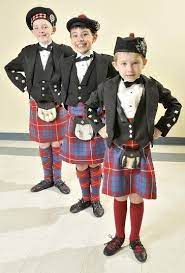
Highland Dancing was first performed by just men. Women only started performing Highland Dancing in the early 20th Century during the First World War, as the women wanted to keep the traditions and culture alive while the men were away at war.
Competitive dancing is huge at Highland Gatherings, and has been for many years. To make the judging easier the number of highland dances performed competitively has been cut down to only four. The four main dances performed competitively are: The Sword Dance, The Seann Triubhas, The Highland Fling, and The Reel of Tulloch.
Personal Note: Our children participated in competitive Highland Dance for 12 years. It was the best character building thing we ever did for them. They acquired the positive values of discipline, commitment to an honorable goal, group participation, good sportsmanship. And they experienced positive peer pressure.
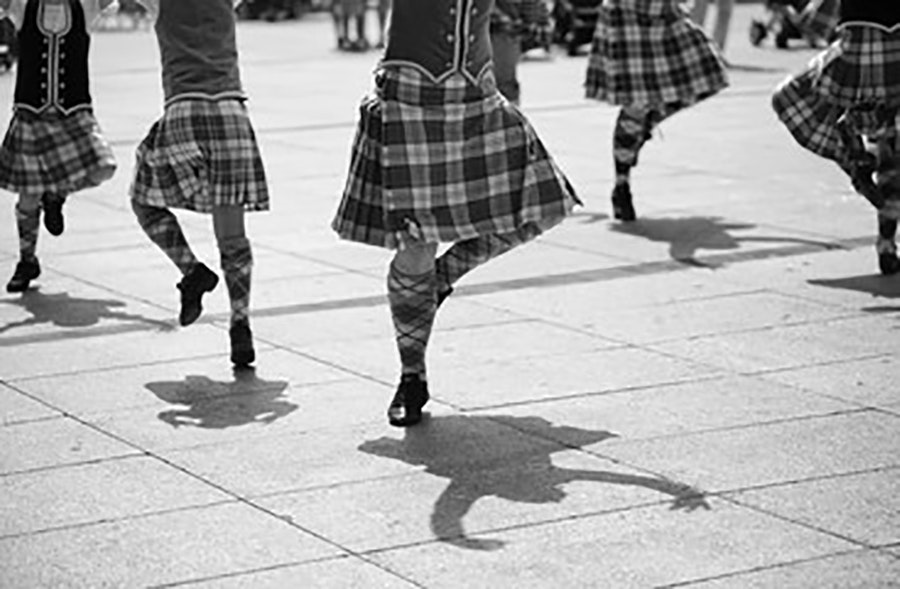
HIGHLAND FLING: The official national dance of Scotland. It was originally a victory dance for a solo male dancer, performed after battle.
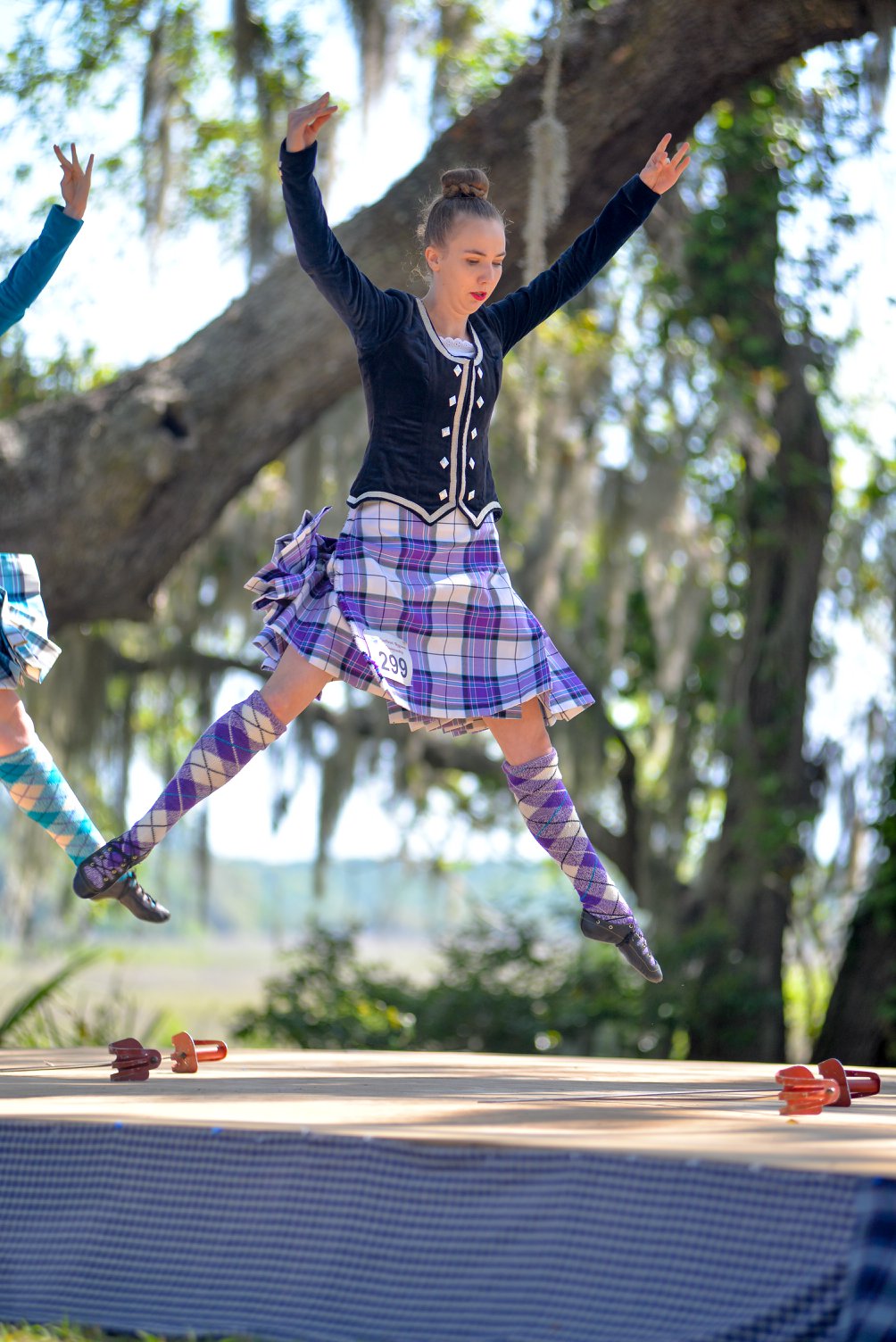
SWORD DANCE: Legend has it that this dance was created by Malcolm Canmore, a Celtic Prince who, in 1504 and triumphant in battle, crossed his opponent’s sword with his own and danced over them celebrating his victory. Prior to battle, warriors began engaging in the Sword Dance. Touching a sword was a bad omen for the next day’s battle.
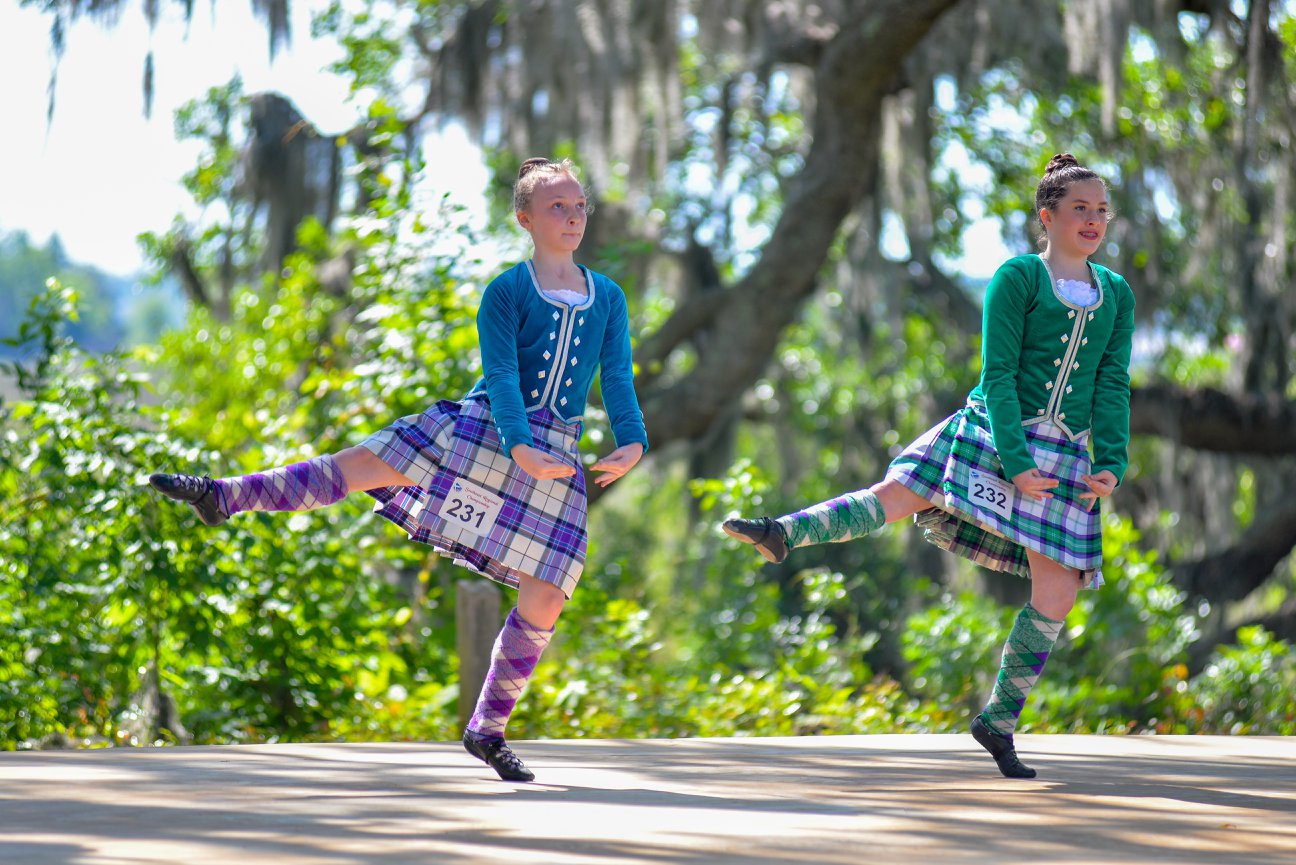
THE SEANN TRIUBHAS: This dance originated as a political protest dating back to 1745, when the wearing of the kilt was an act of treason. This Gaelic phrase means “old trousers” and is pronounced “shawn trews.” The early, graceful steps reflect the restrictions imposed by the trousers. They are followed by wide kicks symbolizing shaking off the trousers to enjoy the freedom of the kilt again.
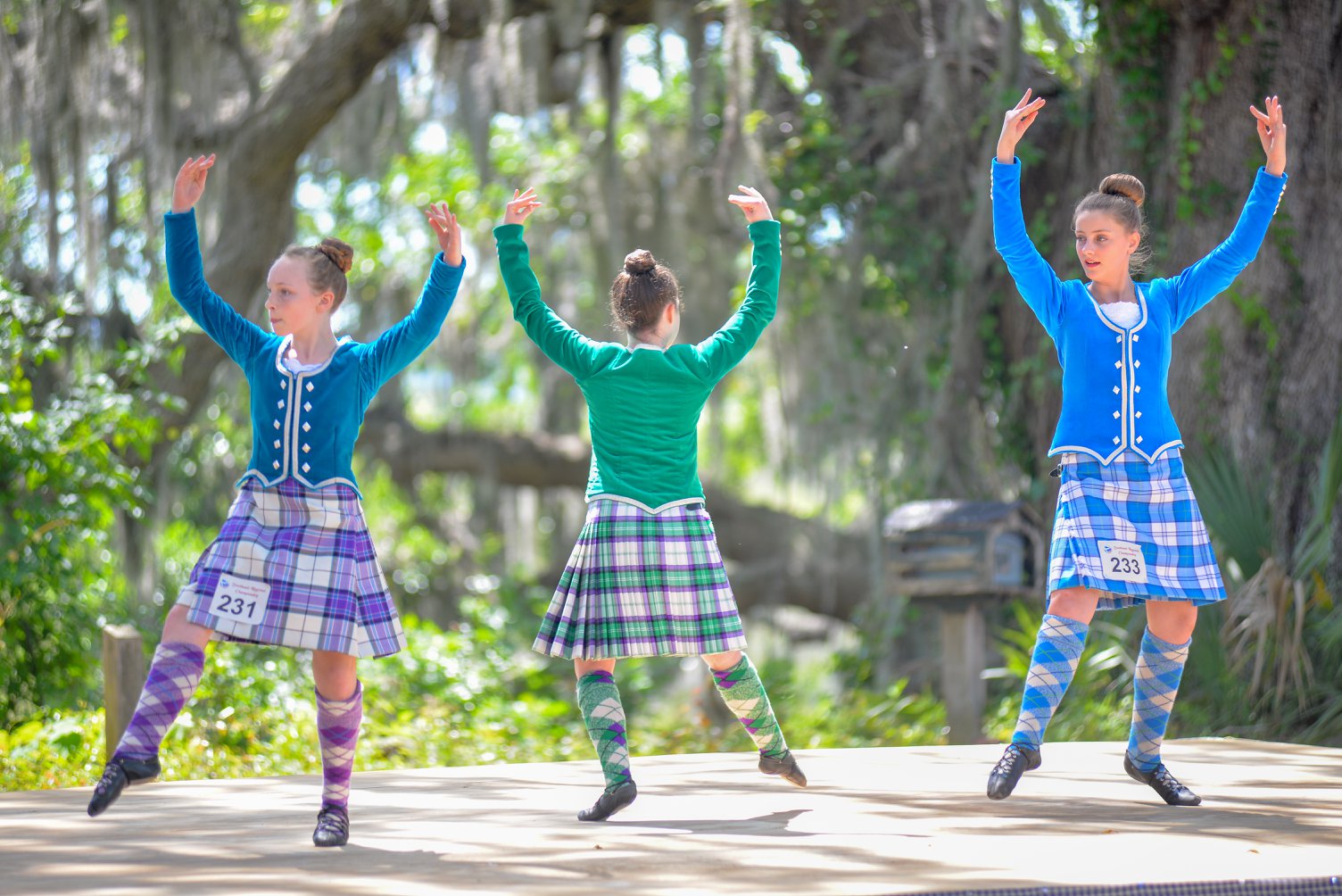
THE REEL OF TULLOCH: This Reel is thought to have originated in the Churchyard, where on a cold winter’s Sunday a Minister was late for his service; parishioners tried to keep warm by dancing with each other.

